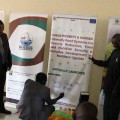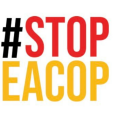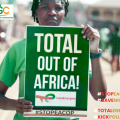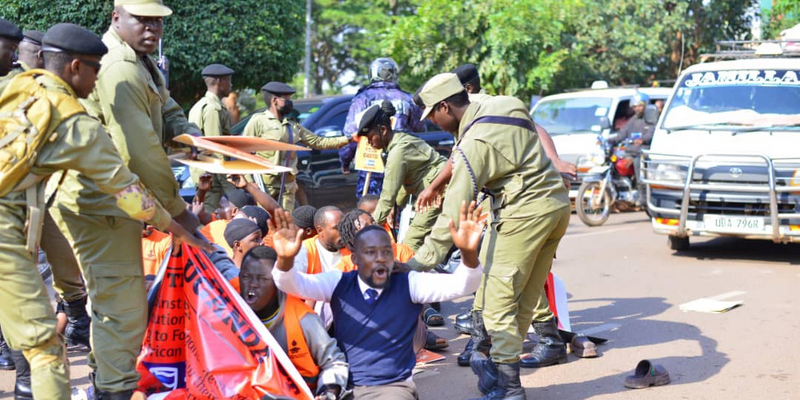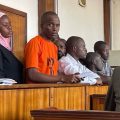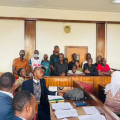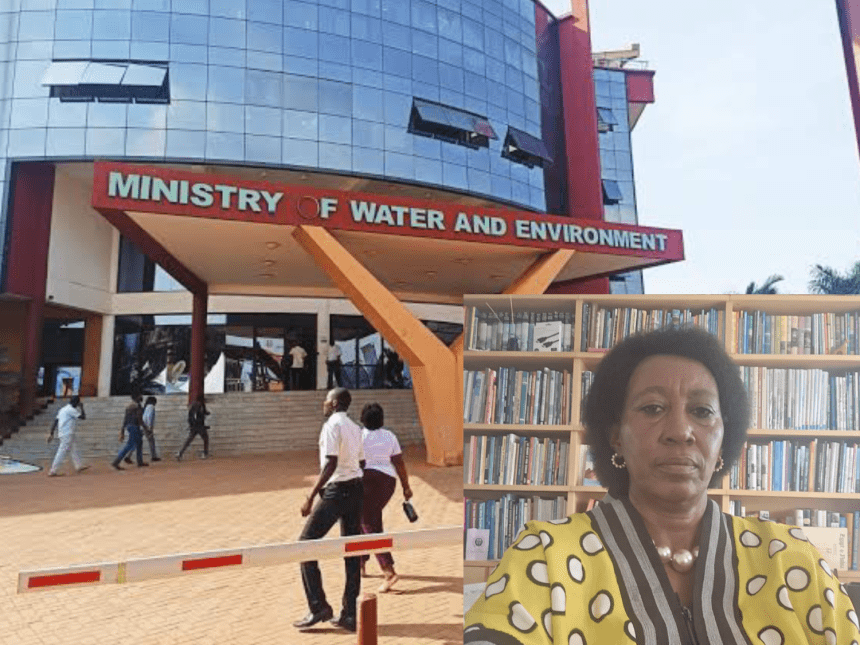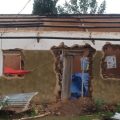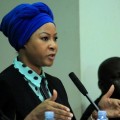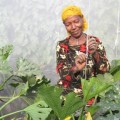By Witness Radio team
The Wadelai irrigation scheme project funded by the African Development Bank (AfDB) and Nordic Development Fund (NDF) has turned out to be a curse to the Paten community targeted to benefit from a development project as individual members of the local community for some time now spend their precious time pushing back forced land eviction and human rights violations perpetrated by the army and police force personnel brought to guard the project.
The Wadelai irrigation scheme, under the Farm Income Enhancement and Forest Conservation Programme –Phase 2 (FIEFOC-2Project) is financed with an African Development Bank (ADB) loan of USD 76.70 million. The Project is co-financed by the Nordic Development Fund with a grant of Euro 5.00 million, and the Government of Uganda’s counterpart contribution of USD 9.13 million. The overall cost of this project is USD 91.43 million (341,576,079,900.00 Ugandan Shillings), approved in January 2016.
According to documents on the African Development Bank’s website, the Wadelai Irrigation Scheme covers a total area of about 1365 hectares (ha) including the proposed extension area of Paten. The original design of the Wadelai Irrigation Scheme included a portion of the command area of 365 hectares which, was owned by Ragem Prison (government facility). During the Mid-Term Review and upon the request of the Paten Community through their district head, the Executing Agency (Ministry of Water and Environment) proposed to substitute the same land area (365 ha) with Paten community land which the Bank agreed to.
The project objective is to improve household incomes, food security, and climate resilience through sustainable natural resources management and agricultural enterprise development. However, residents have expressed concerns that it is pushing them further into a state of extreme poverty.
To the contrary, the “development project” is being fought by locals to save their land which is the source of their livelihood.
The fight to defend Paten’s land rights from being grabbed by Wadelai irrigation scheme project has been marked by courage, and those who have stood against the project have endured violence orchestrated by project implementers.
The Paten Clan, an integral part of the Shilluk Luo tribe, traces its roots to a migration that took place between the 14th and 16th centuries from South Sudan. Initially, they found their first settlement in the Acholi region. However, their journey continued as they crossed both the Omee River and the formidable River Nile, eventually arriving at their current homeland, which they aptly named Paten.
The heart of Paten’s identity is in its language, as the inhabitants predominantly speak Jonam. Their way of life is deeply intertwined with their environment, primarily revolving around fishing and farming as their main sources of livelihood.
This resilient clan is composed of seven (7) villages namely Adiri, Paten Upper and Lower, Paten Central, Borowio, Oborowio central and Paten Ocayo, each contributing to the rich tapestry of Paten’s culture and heritage. Located within the Pakwach district, Paten enjoys a picturesque setting on the western bank of the majestic River Nile. The clan’s geographical boundaries are defined by the Oraa River to the north, Madi Ayabu to the east, the Ocayo Clan to the west, and the Kaal Ragem chiefdom to the south. In this lush and historically significant region, the Paten Clan has thrived for generations, nurturing its traditions and cherishing its ancestral lands.
This community is known for its unique traditional mud and thatch homes, which serve as a proud representation of their rich cultural heritage. These dwellings, showcasing local craftsmanship, seamlessly integrate with the environment, underscoring the clan’s dedication to preserving their ancestral traditions.
The Clan accuses financiers and government of Uganda for forcibly taking their land through violent means. According to them, the government has been expanding the Wadelai Irrigation Scheme in the sub-county since 2020 and in the process, they allege that their land is being seized without compensation or being offered alternative settlements.
At least 16 Paten clan members fell victim to violence when they were shot and wounded. These grievous injuries were inflicted on them by soldiers from the Uganda Police and Uganda People’s Defense Forces (UPDF) who had been deployed by the Resident District Commissioner, district chairperson, and Chief Administrative Officer of the Pakwach district local government.
One of the victims, whose identity remains confidential due to concerns about potential retaliation, recounted to Witness Radio Uganda that on “August 9th, 2021, UPDF and police officers, under the command of Resident District Commissioner (RDC) Sunday Eseru, arrived on their land with a team of people from the Pakwach district. They began surveying and clearing communities’ land without prior notification. In response, the following morning on 10th August 2021, “we went to the site to plant trees, demonstrating our commitment to utilizing our land. The heavily guarded RDC, returned and got us planting trees in our land. We explained that this is our land, which was being forcibly taken from us without compensation. The RDC then ordered his soldiers to take action against us for interfering with their project. This marked the beginning of the confrontation.” A victim revealed.
According to eye-witnesses, about 20 community members were shot at using rubber bullets and wounded by security personnel.
“As if the shooting was not enough, victims were denied medical treatment at a government hospital in Pakwach district. Police refused to give us a medical check-up form known as police form three (3) to be used while diagnosing victims of violence. Sadly, area police refused to register our case when we went to report the attack” one of the victims said.
On August 11th, 2021, another distressing incident occurred when four women, one of whom was pregnant, were severely beaten and forced to sleep in dirty and stagnant water because they attempted to access their land to fetch water.
Adding to the already troubling circumstances, on August 16th, 2021, two clan members who also served as civil servants within the Pakwach district local government faced dire consequences when they were interdicted from their position.
Residents continue to live in fear as their land remains heavily guarded by government officers, severely limiting their access to and use of their own land.
The Resident District Commissioner (RDC) of Pakwach, Mr. Sunday Eseru maintains that the issue was resolved three months ago when representatives from the African Development Bank and the Ministry of Water and Environment visited. According to the commissioner, during this visit, the concerned parties were taken to Gulu, where they engaged in discussions and negotiations.
Furthermore, a Cooperation Agreement was signed to formalize the agreed-upon terms and conditions. The commissioner asserts that, to date, no formal complaints or disputes have been raised regarding the project.
“Every project affected person was compensated, and if there is anybody who hasn’t compensated, they will be compensated because there is nobody that government can’t compensate.” The commissioner said during an interview with Witness Radio on August 27, 2023.
Efforts to contact the African Development Bank for confirmation of the RDC’s statements proved to be challenging.
Members of the Paten Clan however maintain that they have not received any compensation and argue that the government has imposed the project on their land through coercive methods.
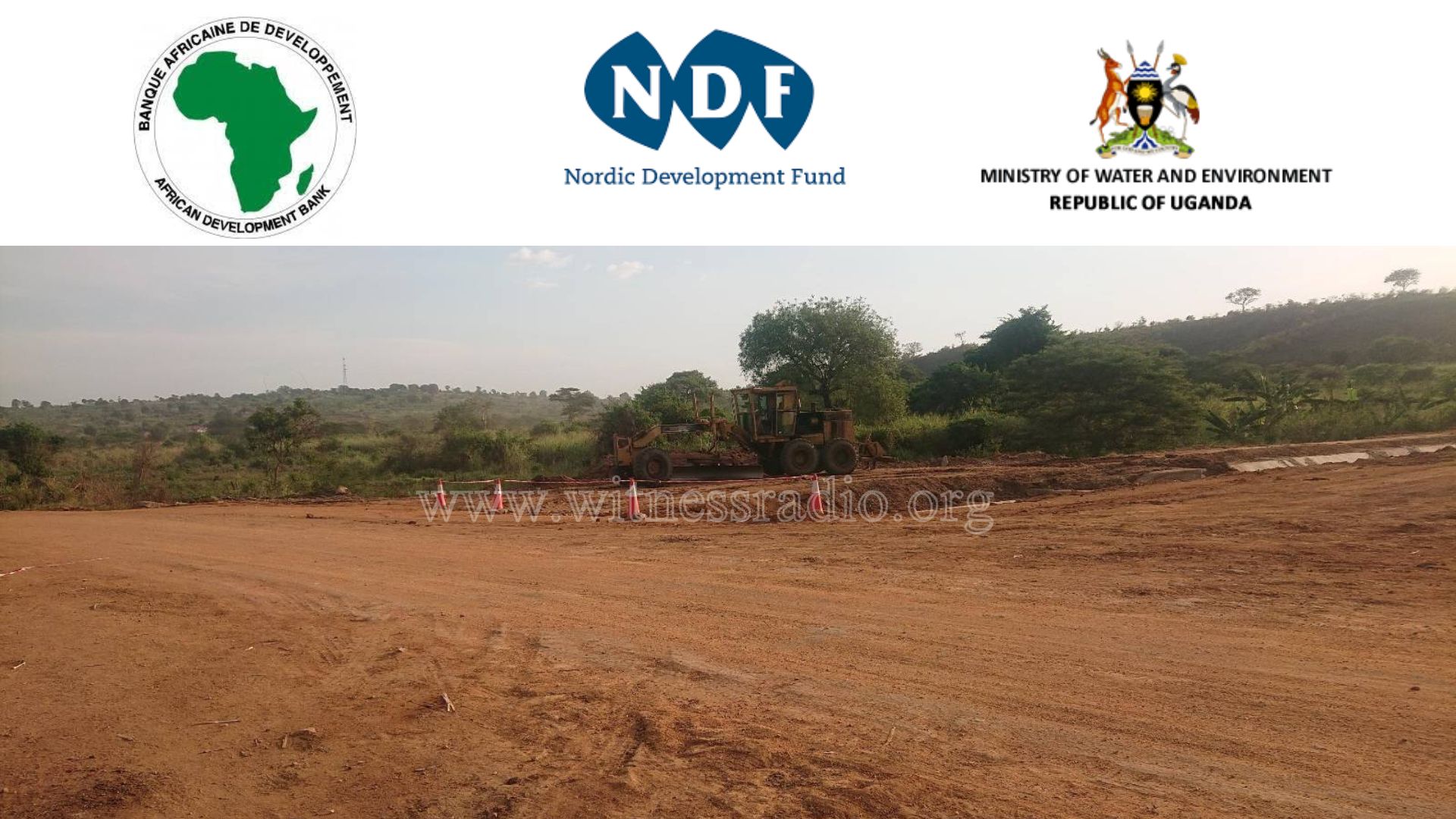
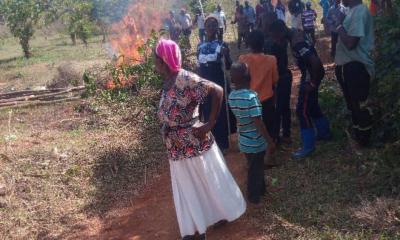
 MEDIA FOR CHANGE NETWORK2 weeks ago
MEDIA FOR CHANGE NETWORK2 weeks ago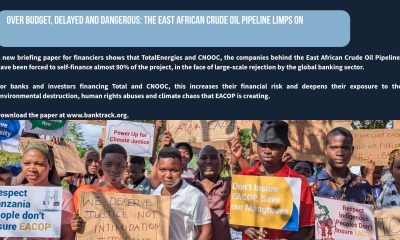
 MEDIA FOR CHANGE NETWORK3 days ago
MEDIA FOR CHANGE NETWORK3 days ago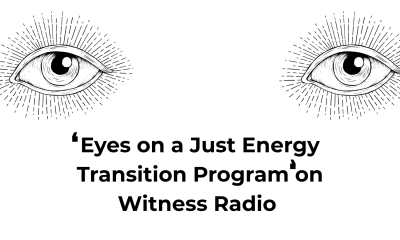
 MEDIA FOR CHANGE NETWORK2 weeks ago
MEDIA FOR CHANGE NETWORK2 weeks ago
 MEDIA FOR CHANGE NETWORK1 week ago
MEDIA FOR CHANGE NETWORK1 week ago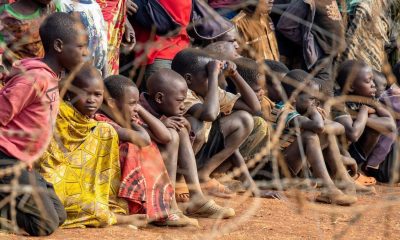
 NGO WORK6 days ago
NGO WORK6 days ago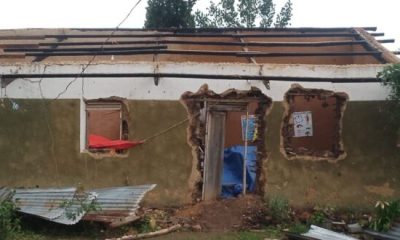
 MEDIA FOR CHANGE NETWORK2 weeks ago
MEDIA FOR CHANGE NETWORK2 weeks ago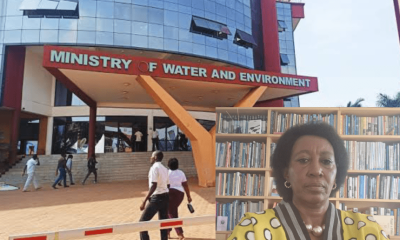
 MEDIA FOR CHANGE NETWORK5 days ago
MEDIA FOR CHANGE NETWORK5 days ago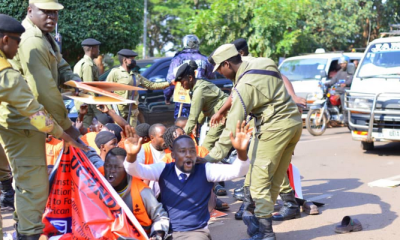
 MEDIA FOR CHANGE NETWORK4 days ago
MEDIA FOR CHANGE NETWORK4 days ago



